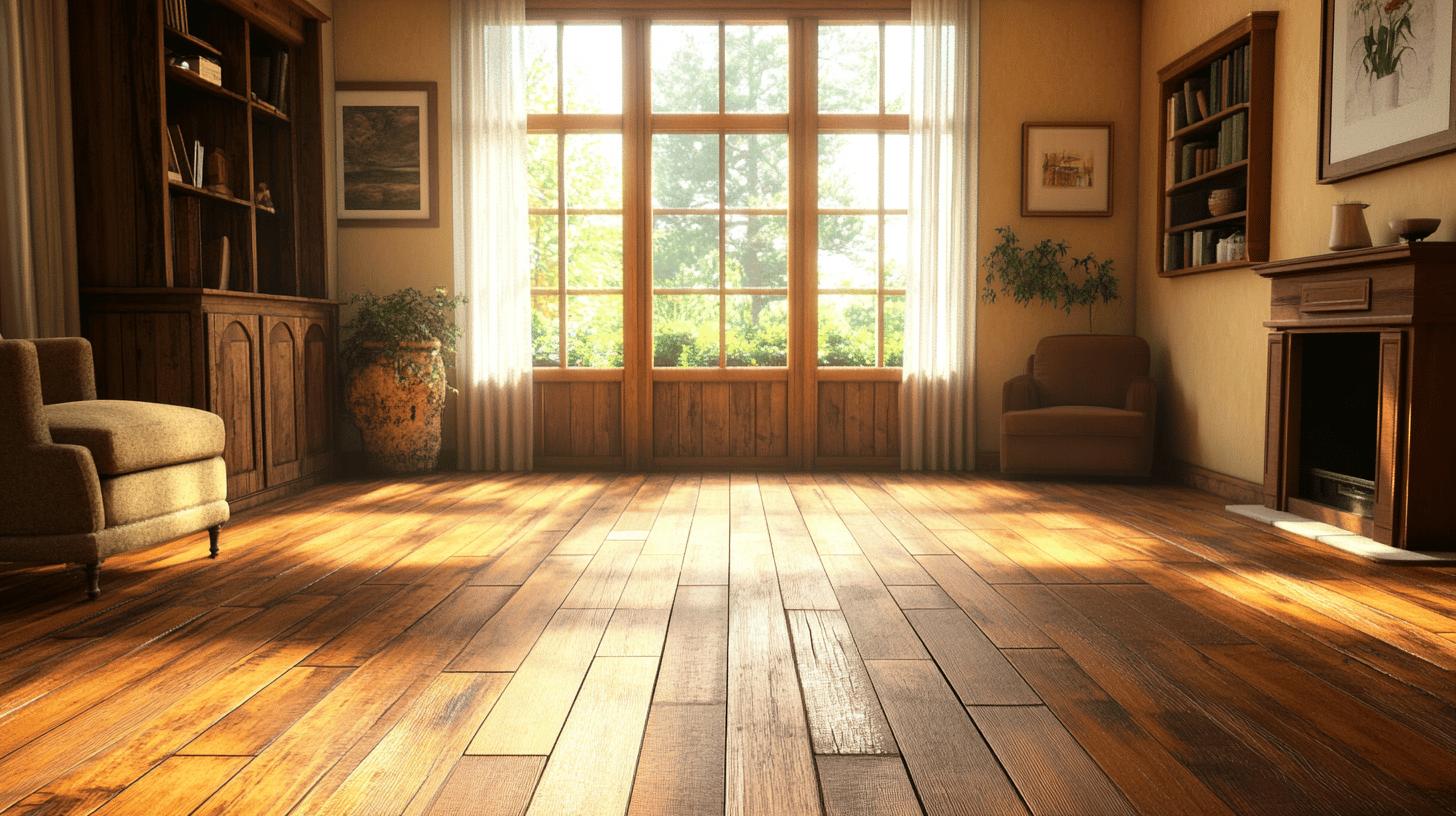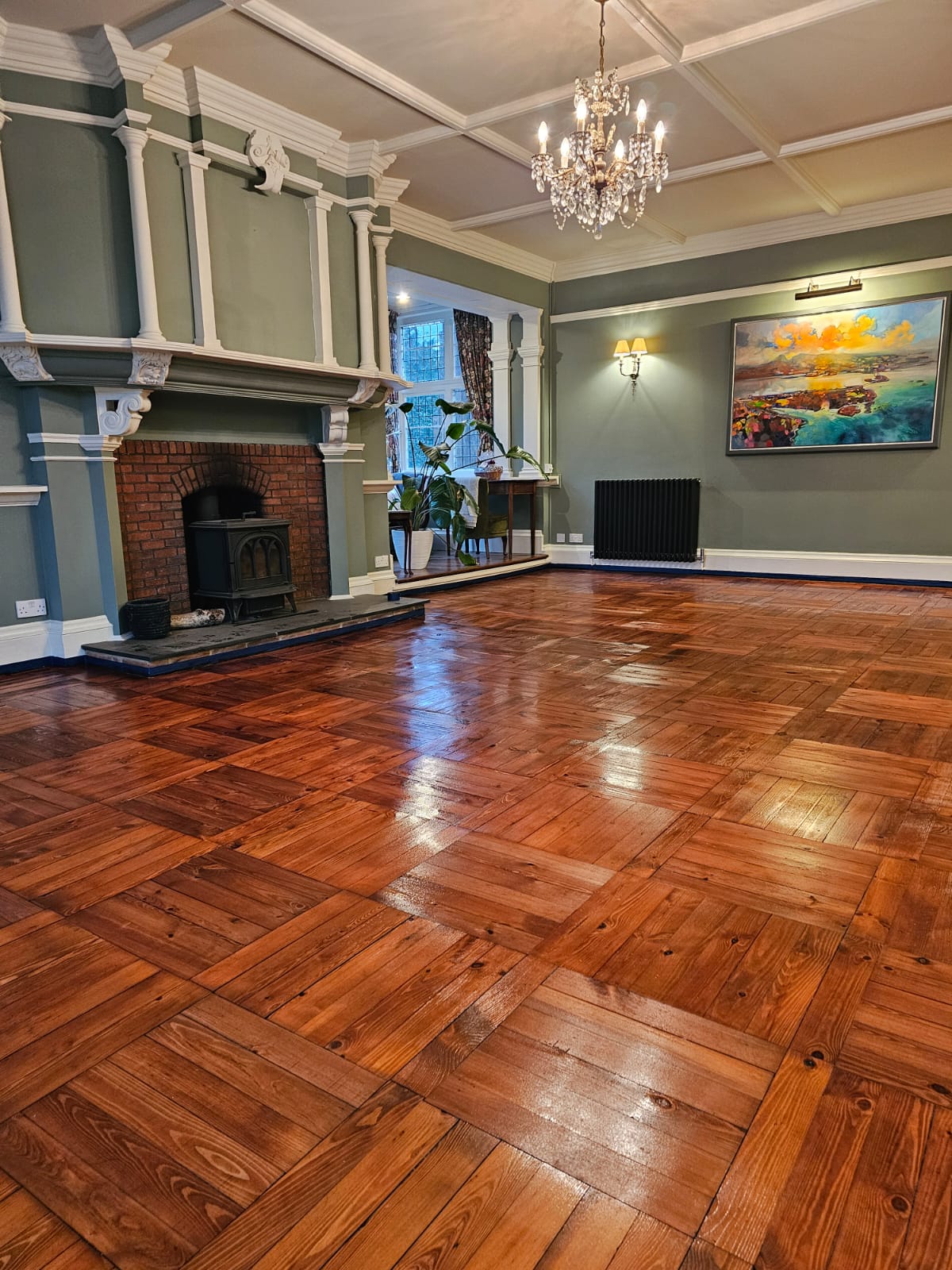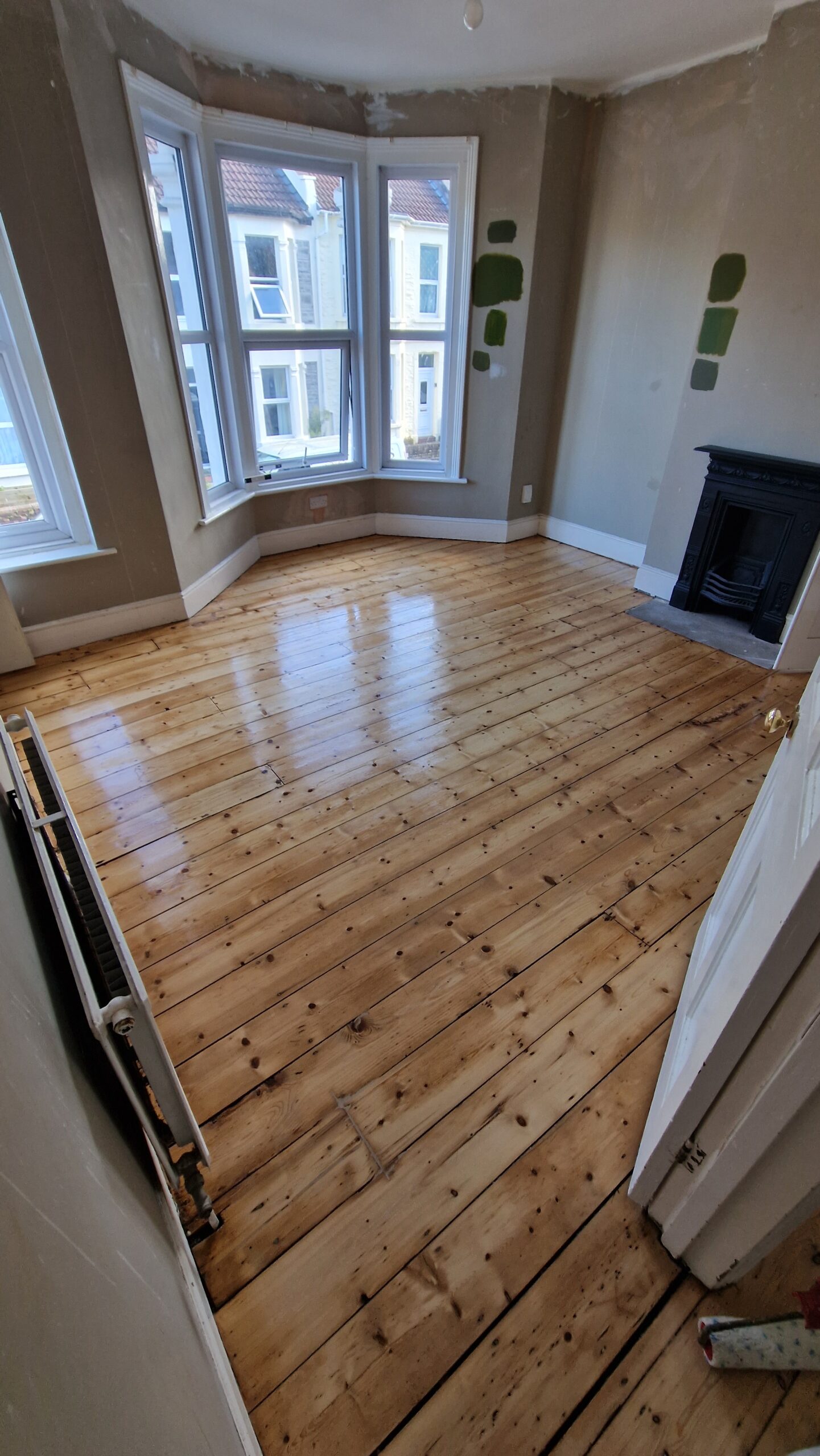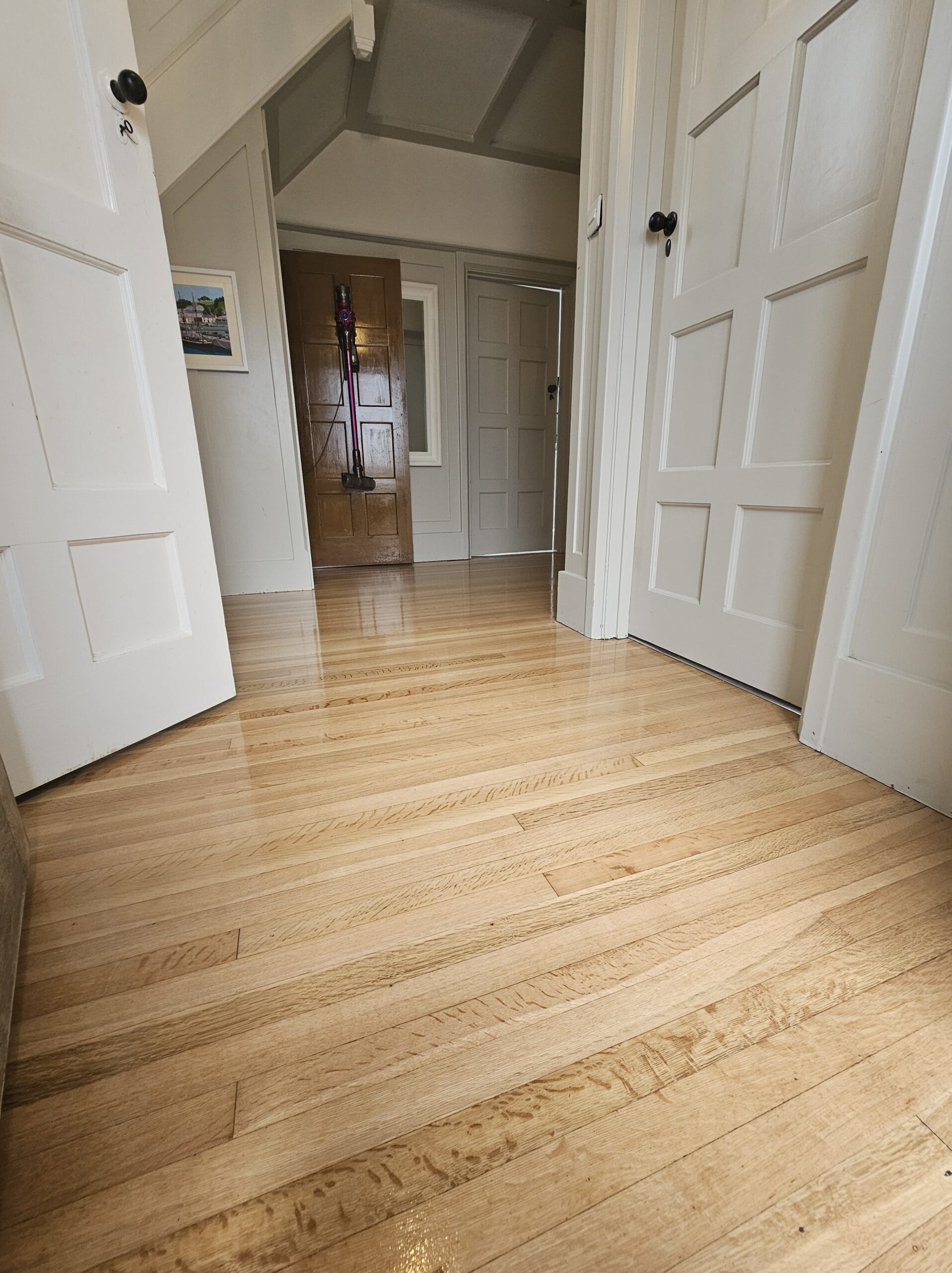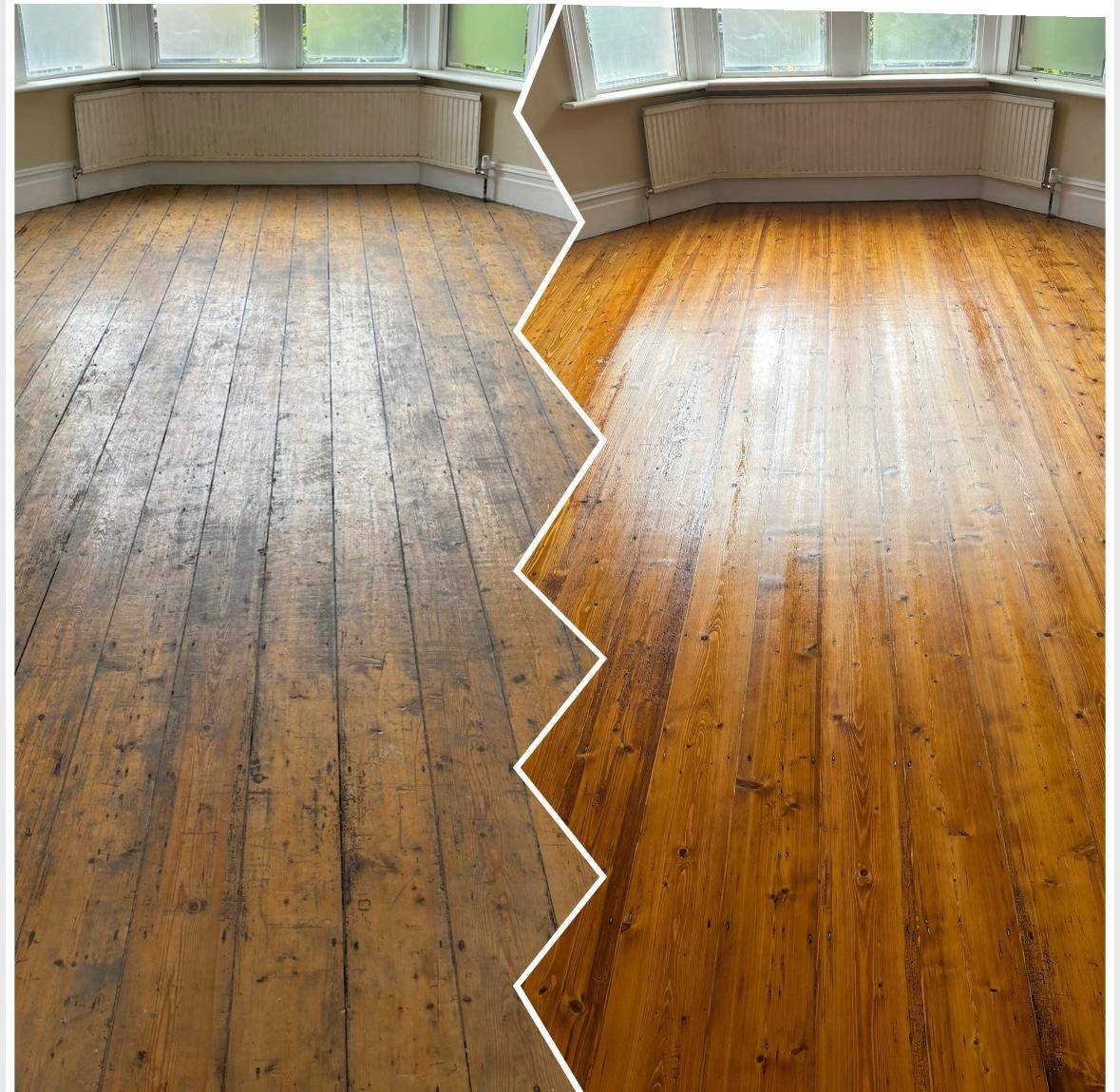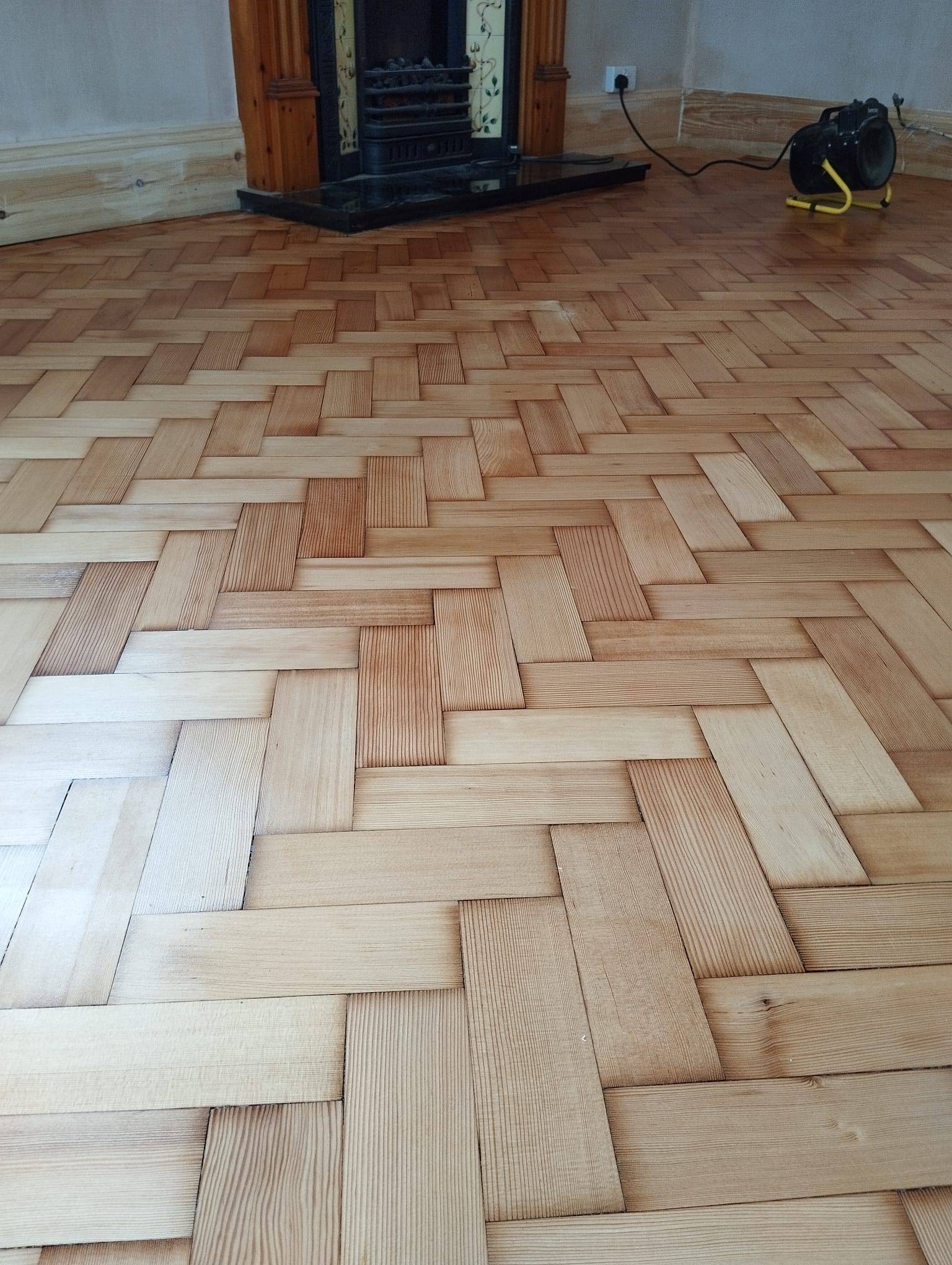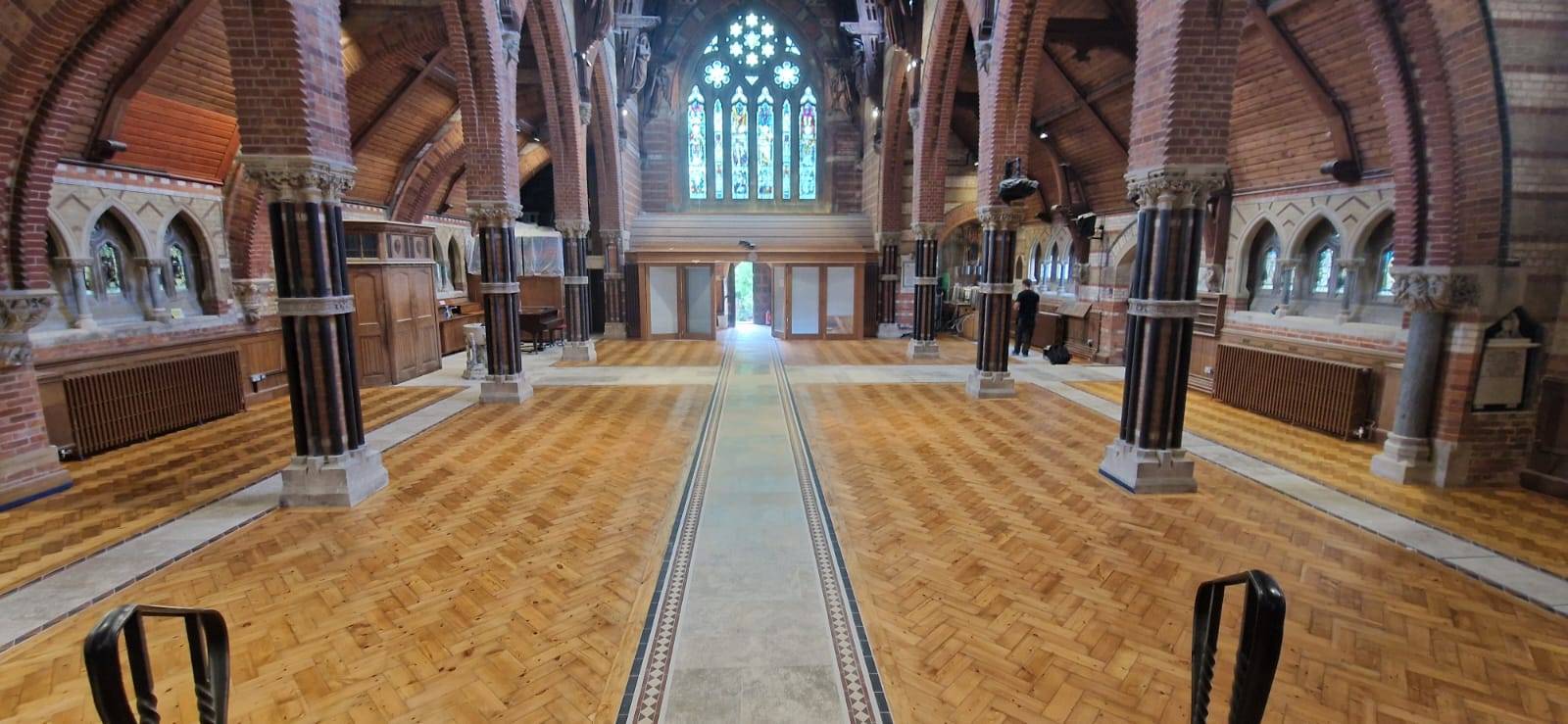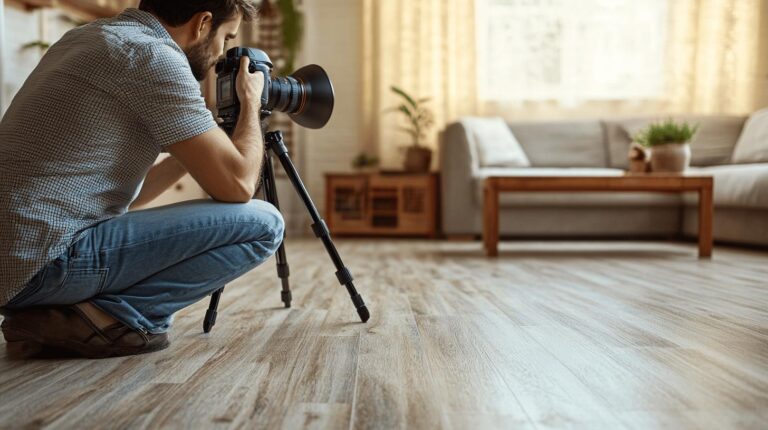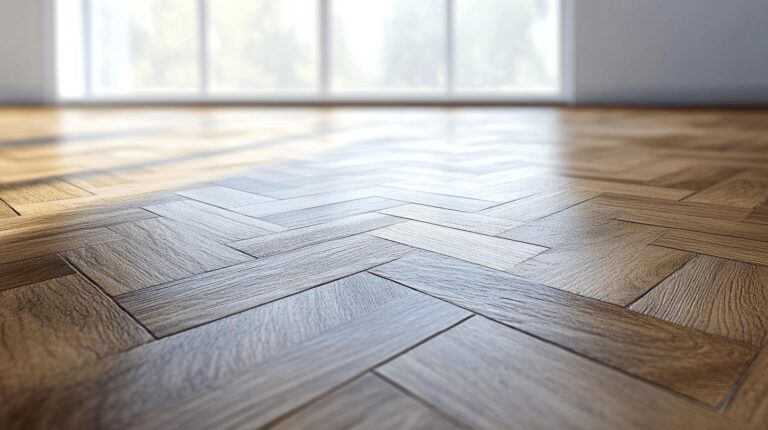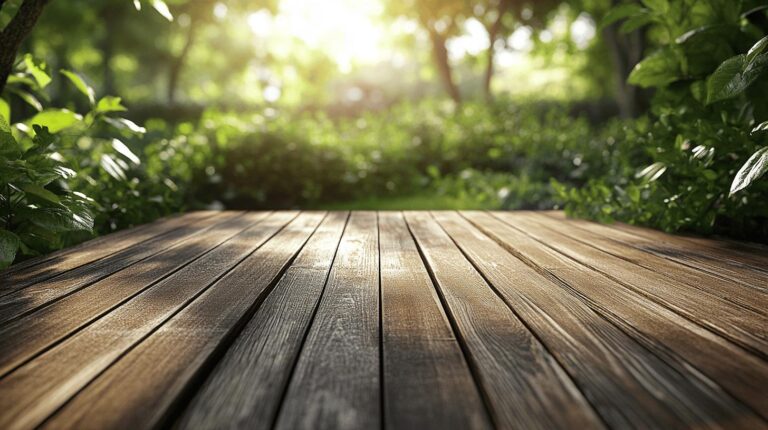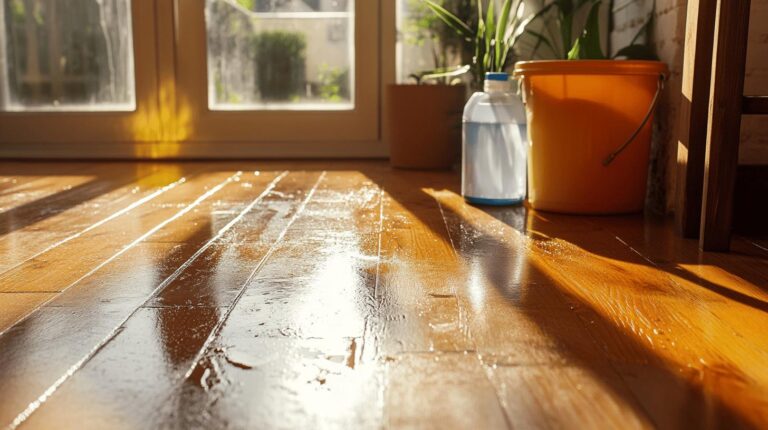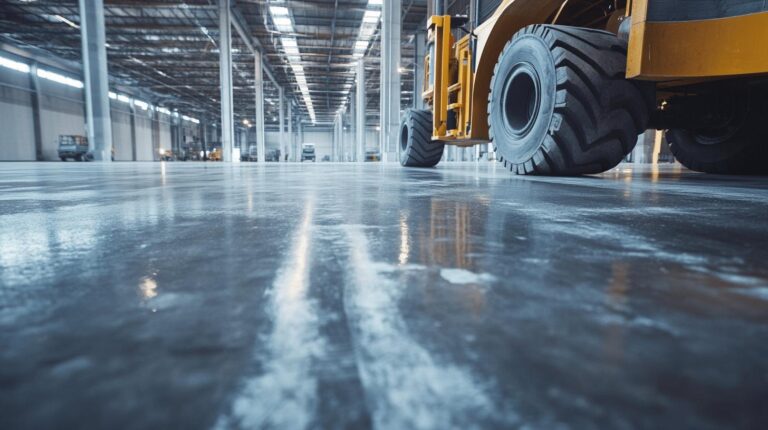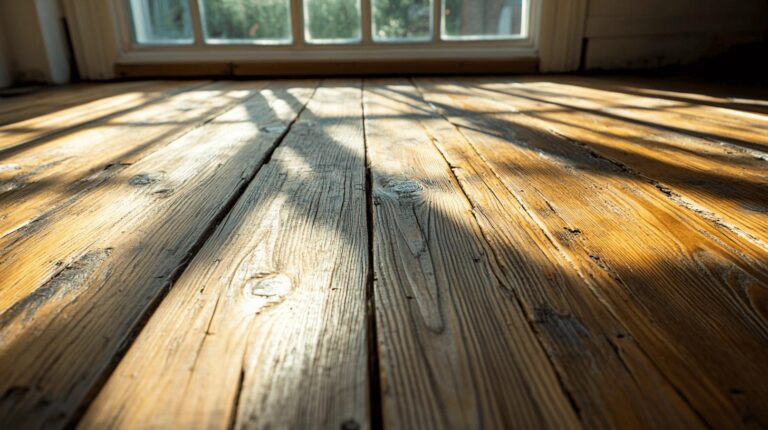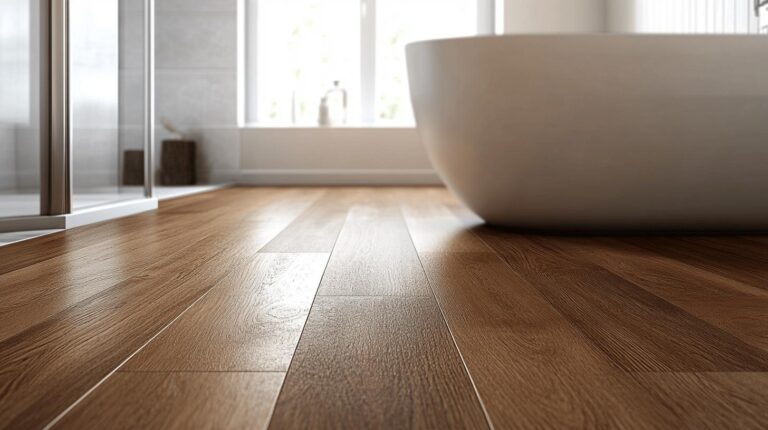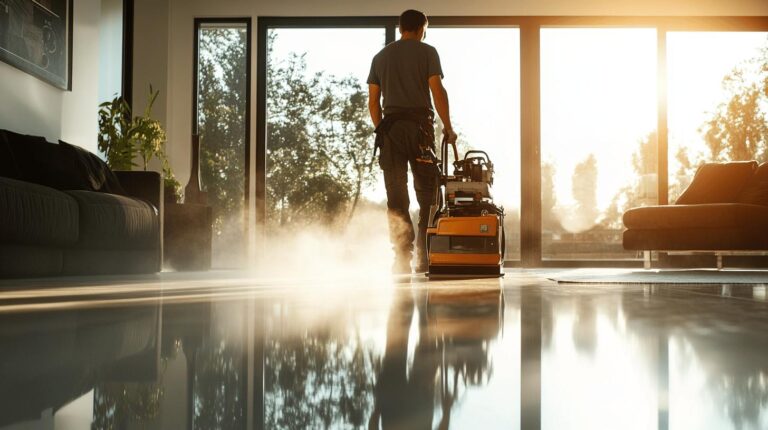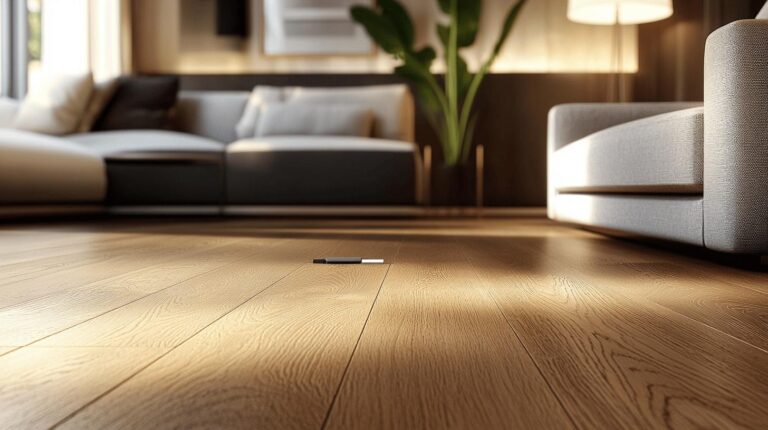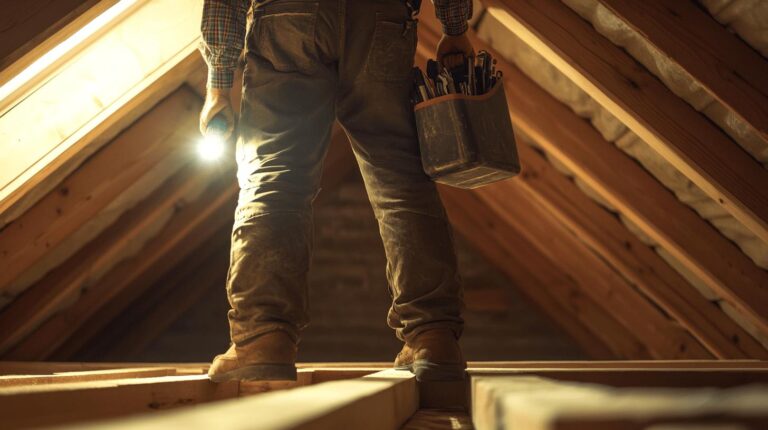Are your wood floors showing signs of wear that leave you puzzled about the best approach for restoration? With sustainability becoming a pivotal aspect of home improvement, knowing how to revive wood floors using eco-friendly methods is crucial. This guide delves into sustainable restoration tips, aiming to help homeowners not only restore their floors but also contribute positively to the environment. By adopting sustainable practices, you will ensure that your floors remain beautiful and durable while minimising ecological impact. Read on to discover how to inspect, clean, and restore your floors while making environmentally responsible choices.
Assessing the Condition of Your Wood Floors
Evaluating the condition of your wood floors is crucial to understanding the extent of restoration required. This initial assessment allows you to identify areas needing attention and ensures the use of appropriate techniques to conserve the wood. By recognising and addressing problems early, you can tailor restoration efforts to be both effective and sustainable.
- Scratches: Surface-level abrasions that may require light sanding and refinishing.
- Gouges: Deeper cuts that might need filling with a wood filler before sanding.
- Water stains: Discoloration possibly indicating deeper moisture issues needing targeted treatment.
- Loose boards: Often necessitating secure reattachment or replacement.
- Wear and tear in high-traffic areas: Areas may need more intensive sanding and refinishing.
Approaching these issues sustainably involves selecting methods and materials that minimise environmental impact while ensuring effective wood floor repair and conservation. For scratches and gouges, opting for low-VOC fillers and finishes helps maintain indoor air quality. Water stains can be treated with non-toxic solutions to address moisture without introducing harmful chemicals. Loose boards should be fixed using eco-friendly adhesives or mechanical fastenings. For high-traffic areas, consider using durable, water-based finishes that not only protect the wood but also contribute to a healthier environment. Emphasising sustainable wood floor restoration practices ultimately extends the lifespan of wood floors, reducing the need for frequent repairs and preserving natural resources.
Eco-Friendly Cleaning Techniques for Wood Floors
Cleaning your wood floors thoroughly is a vital step before any restoration process, as it ensures that the surface is free from dirt, dust, and grime, which could hinder effective sanding and finishing. Utilising eco-friendly cleaning methods not only prepares your floors but also aligns with sustainable practices. Opt for environmentally safe products that are gentle on wood and do not release harmful chemicals into the environment. This approach not only safeguards your home’s air quality but also extends the life of your wood floors, making maintenance a key component of sustainable wood floor restoration.
- Vinegar and water solution: A natural mixture that effectively cleans without damaging the wood.
- Bicarbonate of soda paste: Useful for tackling tougher stains without harsh chemicals.
- Plant-based floor cleaners: These biodegradable options are safe and effective for regular cleaning.
- Microfibre cloths: Reduce the need for chemical cleaners by trapping dust and dirt effectively.
For optimal results, sustainable cleaning techniques should be employed. Use a damp—not wet—mop to avoid water damage, and always follow the grain of the wood to prevent scratches. Regular sweeping with a soft-bristle broom also prevents dirt build-up. By integrating these eco-conscious methods into your routine, you preserve the beauty of your wood floors while contributing to a healthier environment.
Sustainable Sanding Practices
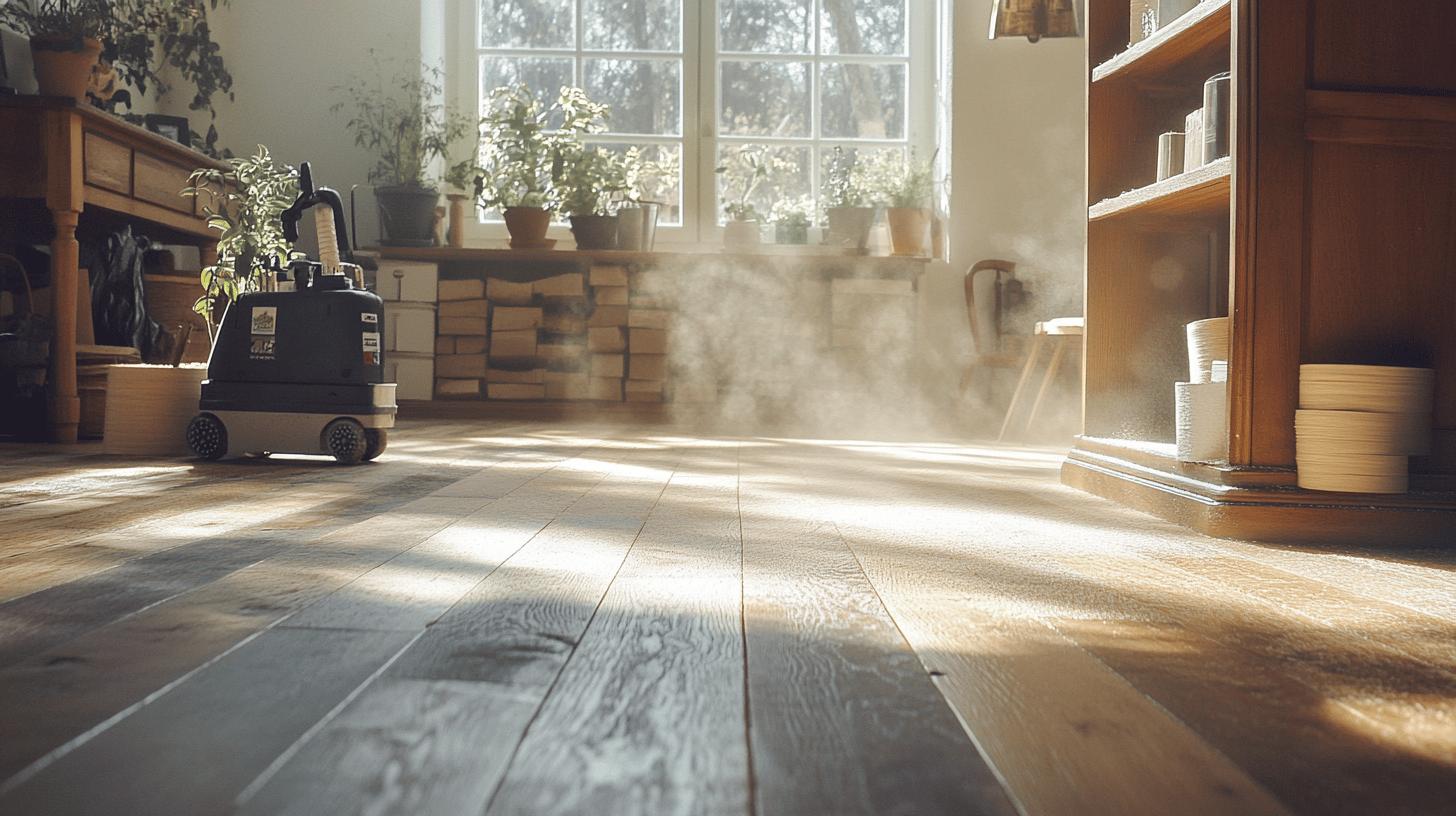
Sanding plays a pivotal role in the restoration of wood floors, as it removes imperfections and prepares the surface for finishing. This process is essential for achieving a smooth and even finish, but it can also be resource-intensive. Therefore, integrating sustainable sanding practices is crucial for those seeking to minimise environmental impact. By employing green restoration methods, such as opting for eco-friendly sanding papers and equipment, you can contribute to sustainable flooring solutions while maintaining the integrity and appearance of your wood floors.
To further enhance sustainability, consider using equipment designed to reduce environmental impact. For instance, electric sanders with dust collection systems are effective in capturing debris, thereby improving air quality and reducing the need for extensive clean-up. Eco-friendly sanding machines are increasingly available and offer energy-efficient operations, which help to conserve resources. By selecting equipment that aligns with green restoration methods, you ensure that your sanding practices are not only effective but also environmentally responsible.
In addition to choosing the right tools, implementing techniques to reduce dust and waste can significantly enhance the sustainability of your sanding process. Always ensure your sanding area is well-ventilated to limit indoor air pollution. Collect sanded dust for potential reuse, such as mixing it with wood filler for repairs. Using water-based dust suppressants can further minimise airborne particles. These practices contribute to a cleaner work environment and reduce the ecological footprint of your wood floor restoration project.
Choosing Non-Toxic Finishes
When restoring wood floors, selecting the right finish is crucial for protecting the wood and enhancing its appearance. Two main types of wood finishes are available: oil-based and water-based. Oil-based finishes often provide a richer colour and a durable protective layer, making them popular in high-traffic areas. However, they tend to emit strong odours and take longer to dry. In contrast, water-based finishes are favoured for their low-odour application and quicker drying times. Although they may not impart as deep a colour as oil-based options, water-based finishes are generally more environmentally friendly and easier to clean up.
Opting for low-VOC (volatile organic compounds) products is essential when aiming for sustainable restoration practices. VOCs can adversely affect indoor air quality, contributing to health issues over time. By choosing low-VOC or zero-VOC finishes, you minimise these risks and promote a healthier living environment. Water-based finishes typically have lower VOC content than their oil-based counterparts, making them a preferred choice for eco-conscious homeowners. Additionally, many manufacturers now offer low-VOC oil-based finishes, providing options that balance durability with environmental safety.
Natural wood treatments offer benefits beyond environmental considerations. Made from renewable resources, these products often contain fewer synthetic chemicals, reducing exposure to potentially harmful substances. Natural finishes, such as those based on tung or linseed oil, penetrate deeply into the wood, nourishing it while providing a resilient surface. These finishes not only contribute to a healthier indoor environment but also enhance the natural beauty of the wood, creating a warm, inviting atmosphere in your home. By choosing non-toxic wood sealants and natural treatments, you ensure that your restoration efforts are both effective and aligned with sustainable living principles.
Long-Term Wood Floor Maintenance
Ongoing maintenance is crucial for preserving the aesthetic appeal and longevity of wood floors, particularly after restoration. Regular care not only enhances the durability of the floor but also upholds sustainable practices by reducing the need for frequent repairs. A consistent cleaning schedule using eco-conscious products is essential to prevent wear and tear. By protecting the floors from damage and promptly addressing spills, you can maintain their beauty and functionality for years to come. Routine care ensures that the investment in restoration pays off in the long run, providing both economic and environmental benefits.
- Sweep regularly to prevent dirt and grit from scratching the floor surface.
- Use rugs or mats in high-traffic areas to minimise wear and tear.
- Wipe up spills immediately to prevent water damage and staining.
- Apply a fresh coat of finish as needed to maintain protection and sheen.
- Avoid harsh chemicals when cleaning to protect the finish and prevent residue build-up.
Selecting eco-friendly products for long-term maintenance is an integral part of sustainable flooring practices. Opt for biodegradable cleaners that do not harm the environment and are safe for indoor air quality. These products effectively clean without leaving harmful residues that could degrade the floor finish over time. Moreover, choosing sustainable materials for protective coverings, such as natural fibre rugs, further contributes to eco-conscious flooring. By integrating these practices into your maintenance routine, you not only preserve the integrity of your wood floors but also promote a healthier living space.
When to Seek Professional Help
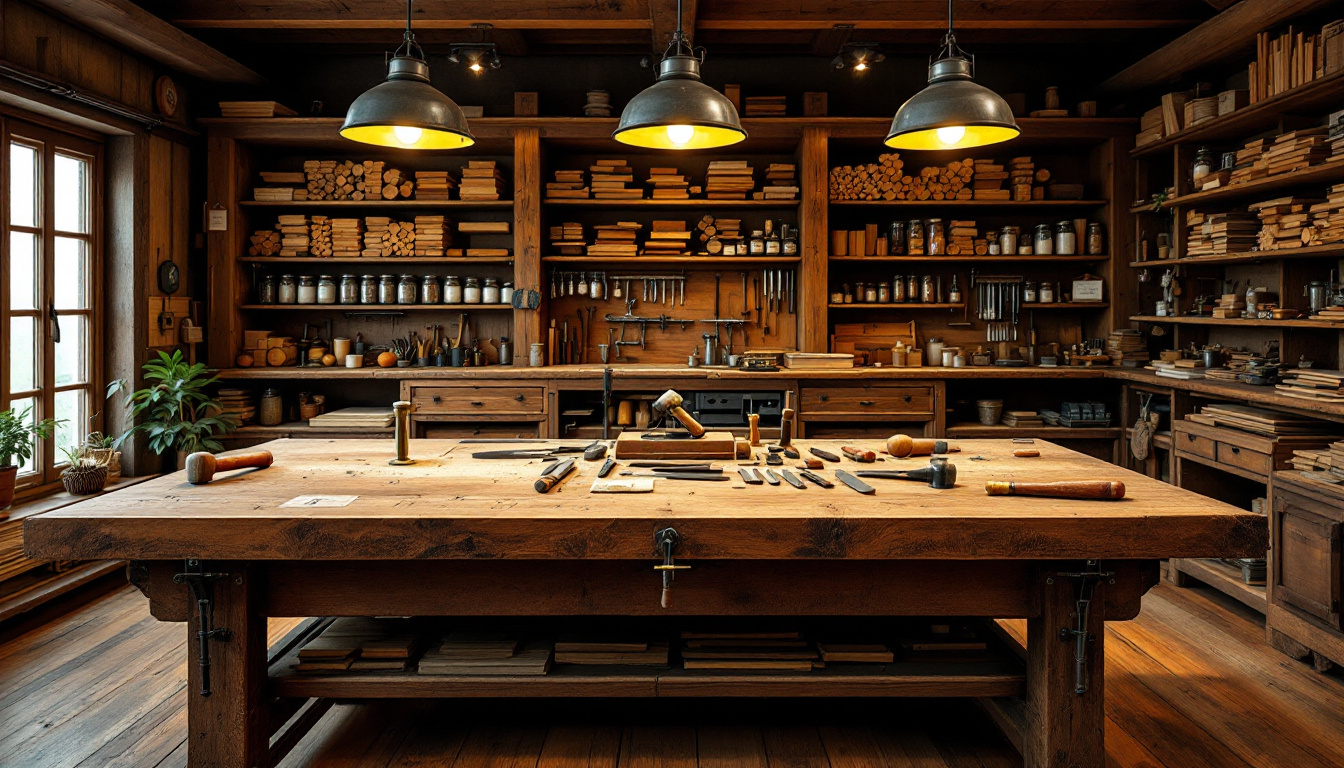
Recognising when to engage a professional for wood floor restoration is crucial, particularly for complex tasks beyond DIY capabilities. Tasks such as floorboard fitting, gap filling and major repairs often require specialised knowledge and tools to ensure a high-quality finish. Not only do professionals possess the skills needed to address intricate issues, but they also have access to materials and techniques that can preserve the structural integrity of your floors. Attempting to tackle these challenges independently may lead to incomplete restoration or even further damage, making professional intervention a wise choice for those aiming to refurbish their wood floors effectively.
Ryan’s Restoration provides expertise in professional wood floor restoration with a focus on eco-conscious interior design. Their services are tailored to meet the specific needs of your flooring project, employing environmentally friendly methods and products. By choosing a service like Ryan’s Restoration, you can ensure that your restoration efforts align with sustainable practices while achieving the desired aesthetic and functional outcomes. For more information on their eco-friendly options and to explore how they can assist with your restoration needs, visit their website.
Final Words
Reviving your wood floors involves a series of sustainable practices, from assessing their condition and using eco-friendly cleaning products, to employ green sanding techniques and select non-toxic finishes. These methods not only enhance the aesthetic appeal of your floors but also contribute to environmental conservation. Long-term maintenance with eco-conscious products ensures longevity while recognising when professional intervention is necessary can guarantee quality results. Ryan’s Restoration offers expert, eco-friendly services to meet your restoration needs, making sustainable wood floor restoration a beneficial endeavour for both your home and the planet.
FAQ
How do you bring old wood floors back to life?
Reviving old wood floors involves a combination of cleaning, sanding, and finishing. Using eco-friendly products can enhance their natural beauty while preserving environmental integrity.
How do you rehydrate old wood floors?
To rehydrate wood floors, clean them thoroughly using a pH-balanced cleaner designed for wood. Afterwards, apply a non-toxic wood oil to restore moisture and shine.
How do you revive timber floors?
Reviving timber floors requires initial assessment, cleaning with natural products, sanding, and applying a non-toxic finish. These steps renew the floor’s appearance and preserve it sustainably.
Does rejuvenate work on wood floors?
Rejuvenate products are designed to enhance wood floors by adding shine and filling in small scratches. Opt for products labelled as eco-friendly for sustainable care.
